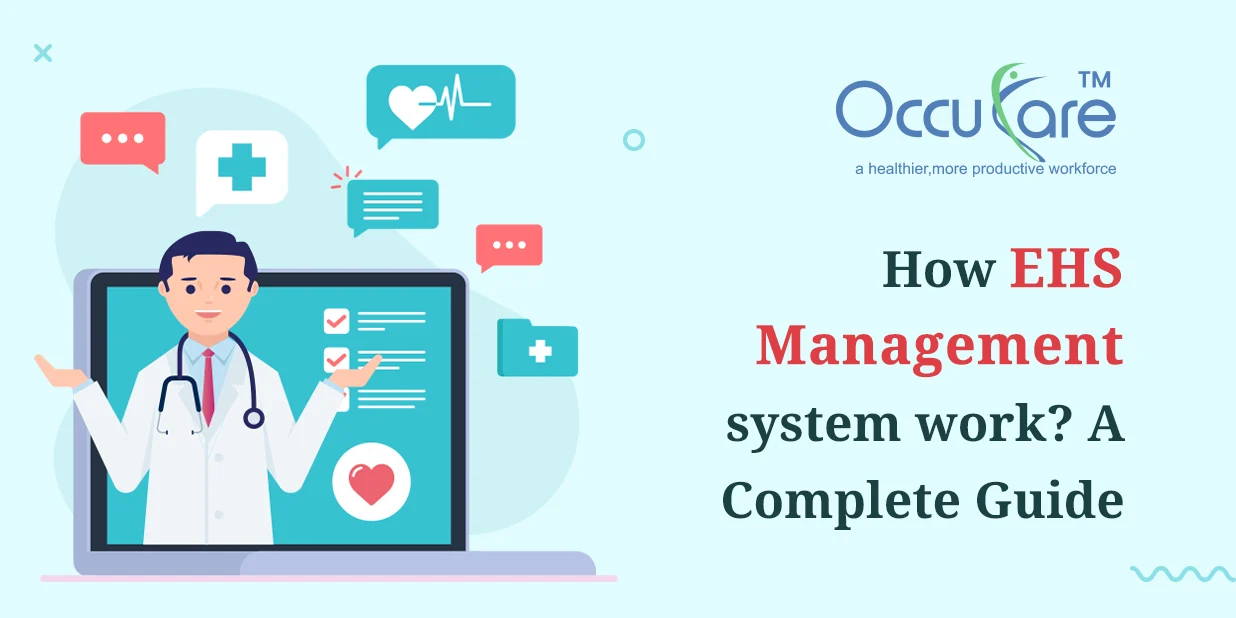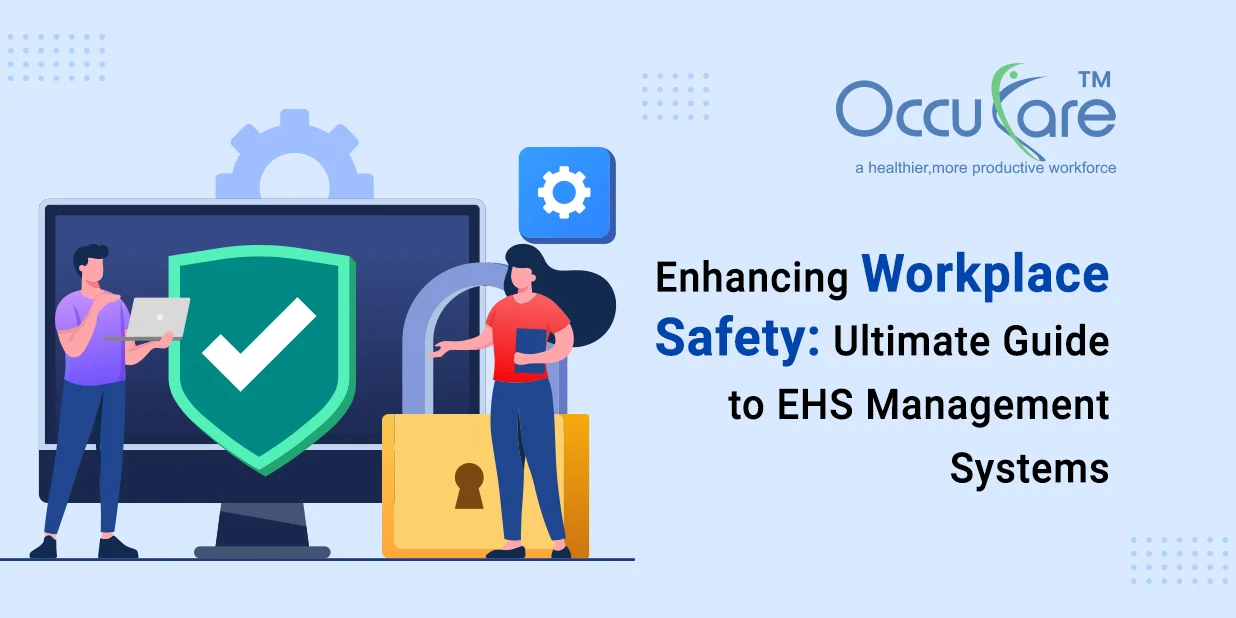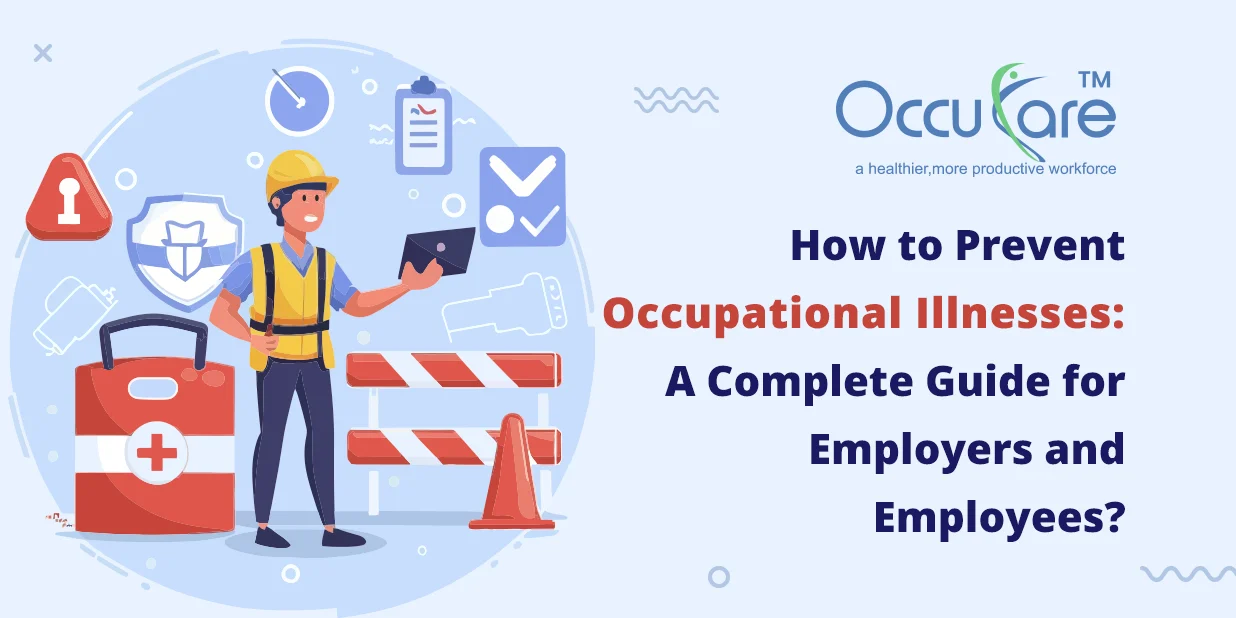What is the EHS Management System?
By having in place an ecological, Health, including Health and safety (EHS) system of operation, an enterprise can safeguard the community, its customers, employees and the environment. A typical workflow for EHS management systems is as outlined below:
1. Define priorities and policies: The very first phase of establishing an EHS management system is defining the organization’s EHS objectives and policies. These guidelines detail its commitment to environmental protection, worker safety, and health.
2. Evaluation of risks and Hazardous Recognition of Work: Organizations conduct thorough assessments to identify potential risks and hazards associated with their line of work. This involves evaluating practices, supplies, devices, and work areas to find potential environmental and workplace safety and health risks.
3. Legal Compliance: Businesses must ensure they adhere to all applicable environmental, health, and safety laws and guidelines specific to their sector and region.
4. Law Compliance: Businesses have to guarantee that their operations are abiding to every applicable regulation and law pertaining to health, safety, and the environment, including those that are peculiar to their industry and location.
5. Knowledge and Education: Courses are created and put into effect to teach staff members about EHS policies, procedures, and best practices. It ensures that every staff member understands the roles they play to provide a healthy and secure place of work.
There are established protocols for recording and investigating incidents, near misses, accidents, and other types of environmental health and safety-related issues. This facilitates the identification of the root causes of catastrophes and the enactment of preventive measures to prevent them from arising again.
To deal with situations like chemical spills, fires, natural catastrophes, and medical emergencies, organizations create plans and protocols. These covers maintaining emergency response equipment, holding drills, and training staff.
6. Monitoring and Quantifying: Key EHS performance measurements are assessed and tracked typically in order assess goals’ the achievement and find areas need improve. This could encompass assessing the water and air quality, noise levels, amount of litter produced, etc the exposure of staff members to potentially dangerous substances.
7. Document Control: There are constraints on creating, granting approval, distribution, and revision of several types of documents, including records, policies, procedures, and job instructions.
8. Management Review: Senior management frequently assesses the organization’s Eh status to ensure goals have been fulfilled, accordance has been upheld, and continual enhancement occurs.
9. Continuous improvements: The organization constantly searches for procedures for enhancing its EHS productivity by putting staff advice, lessons learned from audits + incidents, and preventive and corrective action into result.
10. Supplier and Contracting Management: Organizations ensure that suppliers and contractors adhere to EHS laws and regulations by implementing procedures for supplier evaluation and oversight.
11. Stakeholder Engagement: It is essential that participants, such as employees, clients, regulators, and the local community, get involved in order to maintain transparency, build confidence, and address concerns around EHS issues.
A wide range of essential tasks are handled by an Environment, Health, and Safety (Environmental Health and Safety) control system in the operations of companies spanning a variety of sectors. It provides the following key functions:
12. Promoting Safety alongside Health: a few of the primary duties of an EHS management system is to prioritize the health and safety of workers. By instituting preventative measures like danger assessments, education campaigns, and safety protocols, organizations may create a work environment where staff well-being is of paramount importance and the likelihood of injuries and crashes is reduced.
13. Keeping Up Regulatory Compliance: EHS management systems help businesses fulfill regulations and legislation relating to security, health, and the outside world. Companies lessen their likelihood of non-compliance, which may lead to fines, penalties, and damages to their goodwill, by consistently maintaining an eye for regulatory needs and implementing what’s needed.
14. Minimizing Environmental Effect: One of the primary objectives of EHS governance structures is to lessen the negative effect that organizational operations have the environment. Companies implement strategies to reduce pollution, preserve materials, and manage waste in an environmentally friendly way to achieve resilience and environmental preservation goals.
15. Managing Threats and Hazards: Eh governance structures facilitate it being easier to identify, determine, and manage risks and hazards associated with business operations. By utilizing evaluations of risks, control completion, and performance observing, businesses can reduce the chance of accidents and limit the effects of unanticipated situations.
16. Increasing Customer Confidence: Good EHS governance structures promote confidence across a variety of stakeholders, which includes the public, businesses, labor unions, and government authorities. By demonstrating their commitment, organizations can enhance their credibility and reputation.
17. Supporting constant enhancement: EHS management processes encourage an attitude of continual enhancement by pressing businesses to analyze their performance, uncover areas for enhancements, and implement measures to correct them. Using data analysis, feedback requests, plus benchmarking against industrial standards of excellence, firms gradually enhance their EHS effectiveness.
18. Promoting Green Business Practices: Hsr management structures play an important part in promoting sustainable business practices through the inclusion of social, economic, and environmental issues into decision-making procedures. Organizations foster resource efficiency, social responsibility, and profitable growth to promote resilience or sustainable development.
19. Encouraging Innovation and Efficiencies: EHS management systems promote creativity and efficacy by incentivizing the adoption of fresh innovations, protocols, and best practices that optimize environmental, health, and safety performance.
Advantages of EHS Management System:
Companies can get many benefits when they set up an environmental, Health, and Protection (EHS) control system, such as:
1. Enhanced Wellbeing Culture: Companies to prioritize safety and well-being produce a climate where employees are recognized and protected, which lifts spirits and promotes output.
2. Lower Risks and Incidents: Potential dangers are decreased by proactive awareness of hazards and risk assessment, and also helps to cut down on workplace accidents, injuries, and incidents.
Regulator Compliance: EHS systems of management reduce the chance of penalties, taxes, including legal penalties by ensuring adherence to environmental, health, as well as security legislation.
3. Improved Operational Productivity: Process or method reduction can save expenses, reduce interruptions and increase performance. This is made possible through the EHS systems of management.
4. Protection of Reputation: Having an elevated priority on EHS shows a commitment to ethical company behavior, and thus improves the enterprise’s reputation and location with customers, other stakeholders, and others in the community.
5. Sustainable and Environmental Stewardship: EHS management procedures promote environmentally friendly actions including resource conservation, prevention of pollution, and reduction of waste in order to support the environment as well as sustainability objectives.
6. Improved Emergency Emergency preparedness: Organizations can ensure that their organizations have the capacity for responding to disasters in a way as reduces risks to workers, the planet, and others by establishing and carrying out plans for emergency responses.
Others, including staff, clients, stakeholders, regulators, as well as the public at large, might be more confident and trusting of you if you demonstrate your commitment to the safety and health of the environment (EHS) management.
7. Possibilities on Originality: EHS management structures stimulate innovation in the development as well as adoption of fresh innovations, protocols, society best practices, so enhancing productivity in the areas of security, health, and ecological sustainability.
8. Competitive edge: Companies that effectively carry out EHS management procedures may have a benefit over opponents in the market by differentiating themselves as industry leaders who value the environment, security, and social responsibility.
Disadvantages of EHS Management System:
Systems that oversee external, health, and safety (EHS) deliver many benefits, yet can also have certain obstacles and problems.
1. Demanding of resources: The set up and up of an EHS management platform requires an enormous expenditure of time, money, and personnel. It could prove challenging for medium-sized businesses (SMEs) to allocate and put aside enough money to develop and oversee successful Hcs programs.
2. Complexity and Exhaustion: Due to their perpetual change and complexity, EHS norms and regulations can be extremely difficult to understand and adhere to. Organizations may find it challenging to stay up current with changes because of the enormous number of laws, especially within sectors with extensive regulations.
3. Opponents to Change: Implementing an Environmental management system typically involves introducing changes to worker behavior, business policies, and procedures.
4. Paperwork and bureaucracy: Companies that are reticent to take part in Hsr initiatives may see Hes management structures as an organizational and technical burden. Admin tasks and paperwork that are excessively burdensome could pull resources towards crucial operations for the company.
5. Complacency and Poor Involvement: In enterprises whereby EHS production is seen to be outstanding or where issues are few, there may be an increasing tendency toward boredom and less involvement with Hs projects. This might elevate the chance of catastrophes and reduce the effectiveness of the supervisory system.
6. Cost issues: While using Hes management systems for minimizing injuries, incidents, and environmental costs might save dollars over the long run, some firms may find the initial expenses as being too high, especially because they consider them to be EHS
7. Inefficient Implementation: EHS governance structures might fail to accomplish what they set out as goals if they are ill-planned or applied. Factors such as not enough employee involvement in order, inadequate training, etc. and a lack of enthusiasm from the leadership might jeopardize the effectiveness of the organizational structure.
8. Possibility of Greenwashing: incredibly feasible that certain organizations would implement EHS management systems primarily for branding plans rather than truly wanting to enhance their ecosystem or safety. Stakeholder claims of “greenwashing” and damage to the the company reputation might occur when stakeholders view the EHS initiatives are fake or insufficient.
9. Sophisticated Supply Relationships: Monitoring EHS performance and compliance at every level is challenging for business enterprises without extensive supply networks.
10. Language as well as Cultural Barriers: International businesses operating in varied languages and cultural environments may find it challenging to implement Hsr processes across multiple sites. Customized Ohs management techniques could prove required due to customs in the community, language hurdles, and differences in the legal framework. This might add to the difficulty and increase the level of interaction.








